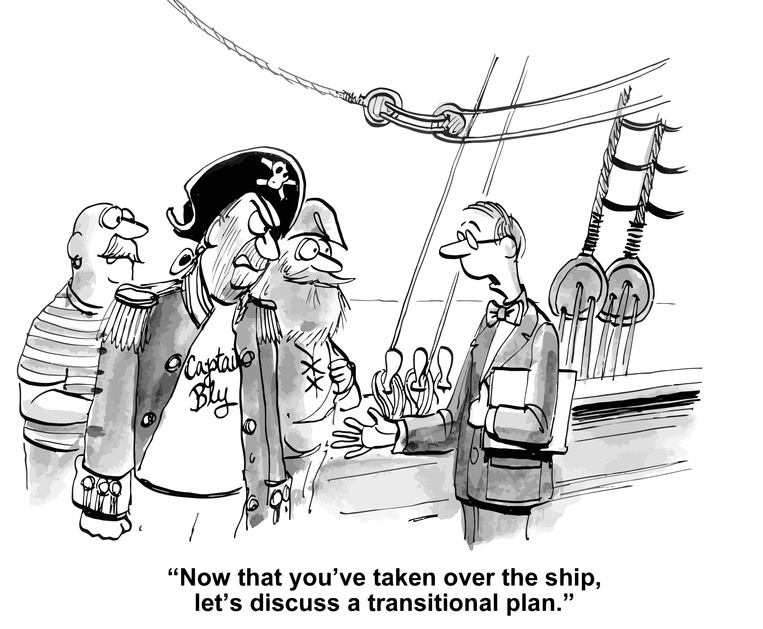
There is a whole set of processes that are launched upon winning a new federal contract. Let’s look at some of the things to expect. Of course, the first thing is to get the award – the actual notice of award. However, in the federal sector even that’s not just a single event.
The first thing that happens is you’ll start to hear rumors that you’ve won. There may even be some negotiations between you and the customer to discuss terms.
Before a contract can be awarded, there is a three-day notice to the losers, which essentially announces who the apparent winner is. The purpose of giving this notice is to allow the companies that did not win to submit size-standard protests.
Size-standard protests are the government’s way of policing the process (or allowing companies to police each other), to make sure that the winning company is truly eligible as a small business under the specific NAICS code for this particular contract. There are times when, for a variety of reasons, people are found to be non-compliant, even when they’ve already been on the contract.
Unfortunately, sometimes competitors can be over-zealous with their due diligence, and may incite a protest without having all the facts. For example, a company I knew was the subject of a protest because their website listed billions of dollars worth of contracts they had won. Yet some of these were multiple-award IDIQs and the amount of work they actually won under them was quite small.
Another part of the process is the debrief. Here, any of the losing companies – or the winner – can request a debrief where you get an official explanation of how the government evaluated your proposal and where you fit vis-à-vis the winner, though you’re never told what other businesses may have scored on their proposals.
The protest period lasts for 10 business days from the date of award. It’s important to understand that all of these pre-award and post-award days count as part of the transition time specified in the contract. So you need to start transitioning.
Key elements of a transition
It is a certifiably bad idea to not plan out your transition in as much detail as you can, understanding your activity set and knowing the accountable people. This is the first action you will be taking on a new contract with a new customer; you are building a critical relationship for the future.
Make sure you have the people necessary for the contract, and that you have a place to house them, along with any equipment they’ll need. Or if they’ll be working at the government site, you must know the security requirements to access the computers and other government facilities.
If you have subcontractors you need to have the contract in your hand, and a subcontract document in their hands. In order for them to proceed, you may need to give them what’s called an authorization to proceed – the verbal authority that allows someone to take action even though the legal document is not in place yet during the transition.
Meet with your new customers frequently during the transition and beyond, whether informally or formally. Not only are you building a relationship, but this is a way for the customer to give you the information you need to be successful. If all goes well, you will have a contract for as long as it lasts.


